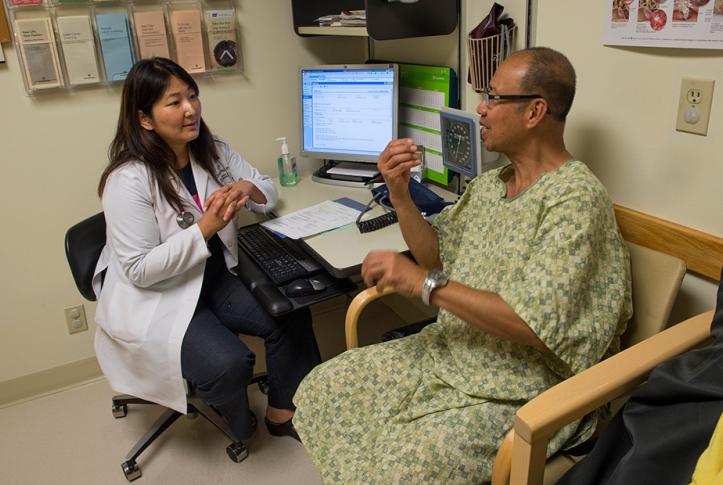Synopsis
It is often assumed that “bigger is better”—even in the world of health care, where larger physician practices are thought to provide better care. This study, however, turns that notion on its head: it finds that practices with one or two physicians had 33 percent fewer preventable hospital admissions than practices with 10 to 19 physicians, and practices with three to nine physicians had 27 percent fewer admissions.
The Issue
Driven by the Affordable Care Act and private insurance initiatives, many primary care practices are consolidating into larger medical groups or shifting from physician ownership to hospital ownership. It is often assumed that larger practices provide better care, although there is little evidence to support this, and the majority of U.S. office-based physicians work in practices with fewer than seven physicians. To examine the relationship between quality of care and practice size—as well as other characteristics, like ownership or use of medical home processes—Commonwealth Fund–supported researchers surveyed small and medium-sized primary care practices and looked at Medicare data on preventable hospital admissions.
Key Findings
- Practices with one to two physicians had preventable hospital admission rates—also known as ambulatory care–sensitive admission rates—that were 33 percent lower than those of the larger practices surveyed (i.e., those with 10 to 19 physicians.) Practices with three to nine physicians had rates that were 27 percent lower than the larger practice groups.
- Small practices have unmeasured characteristics that may contribute to their lower rates of preventable hospital admissions, the authors theorize. For example, patients in smaller practices may have an easier time getting appointments or reaching their physicians by phone, compared with patients in larger practices. Physicians, their staff, and patients may also know each other better at smaller practices.
- Practices owned by physicians had significantly lower ambulatory care–sensitive admission rates than those owned by hospitals.
- The largest practices (10 to 19 physicians) had in place significantly more patient-centered medical home processes—like primary care teams, guideline-based reminders to providers at the point of care, and electronic prescribing—than the smallest practices of one to two physicians, although not more than practices with three to nine physicians. These higher scores were not associated with lower rates of preventable hospital admissions, however.
[Independent practice associations] might provide a viable alternative, in the era of health care reform, for physicians who do not want to become employed by hospitals and do not have the desire or the opportunity to join a large medical group (large groups do not exist in most U.S. communities).
The Big Picture
“[T]he common assumption that bigger is better should not be accepted without question, at least in practices of 19 or fewer physicians,” the authors conclude. The authors also question the practice of insurers typically paying lower rates to physicians in smaller practices, which typically have no negotiating leverage. Such an approach may well be shortsighted, they say, since the lower preventable admission rates achieved by small practices compared with large groups can mean lower overall costs for patient care. Hospitals and large medical groups that acquire smaller practices might consider preserving the small-practice environment within their organizations. To support physicians in smaller practices, policymakers and insurers should consider taking steps to help small practices share resources, like nurse care managers for patients with chronic illness. Independent practice organizations also can help smaller practices adopt patient-centered medical home processes.
About the Study
The researchers surveyed 1,045 primary care practices with between one and 19 physicians from July 2007 to March 2009 about practice size, ownership, and patient demographics, among other questions. They linked these survey data to 2008 Medicare claims on ambulatory care–sensitive admissions, defined by the Agency for Healthcare Research and Quality as admissions for conditions for which good primary care may prevent the need for hospitalization.
The Bottom Line
Rates of preventable hospital admission for patients in primary care practices with one to nine physicians are as much as one-third lower than rates for patients in practices of 10 to 19 physicians. Small practices would benefit from policies enabling them to share resources needed to improve quality of care.
